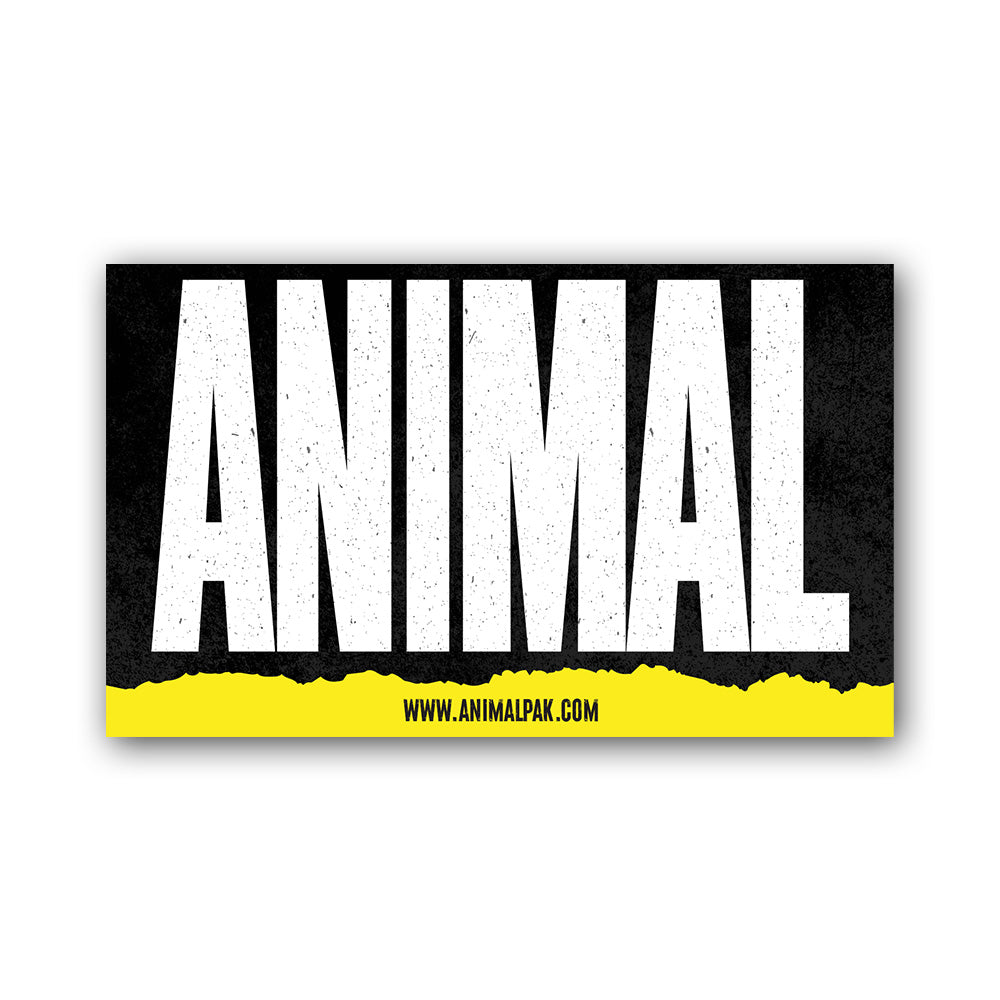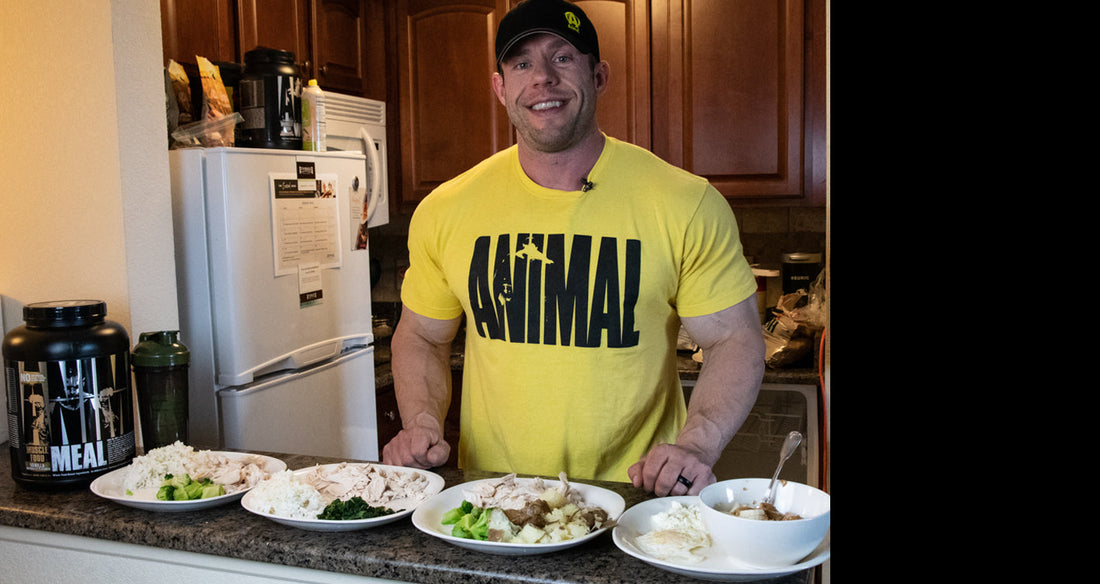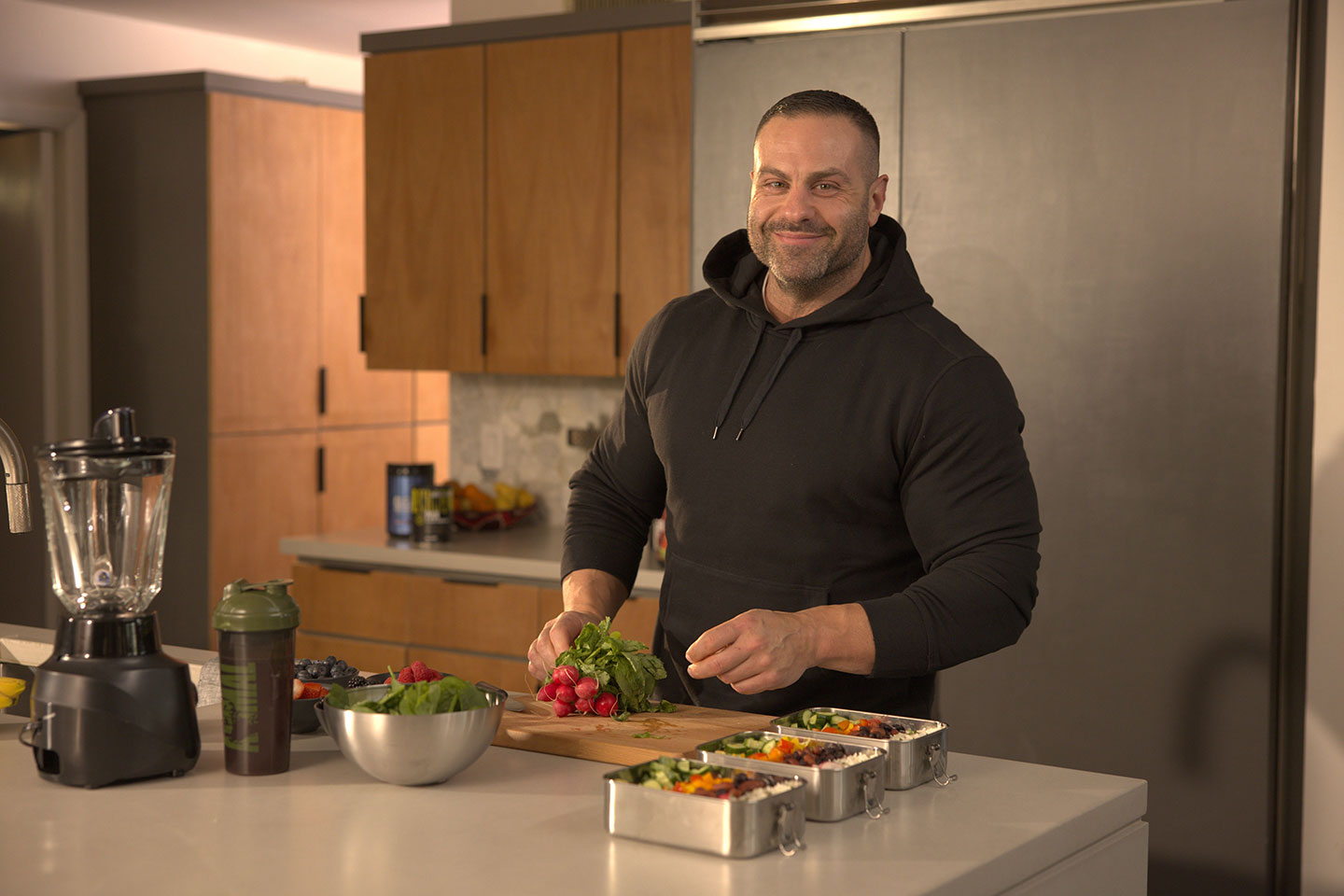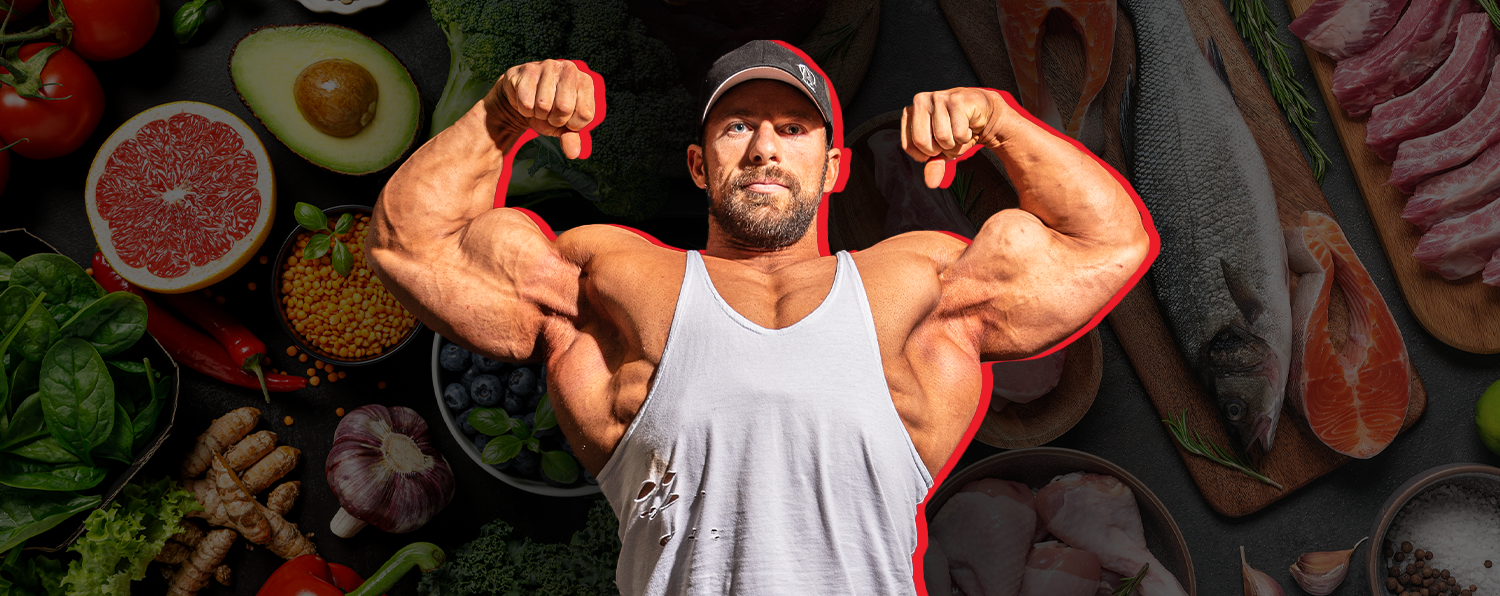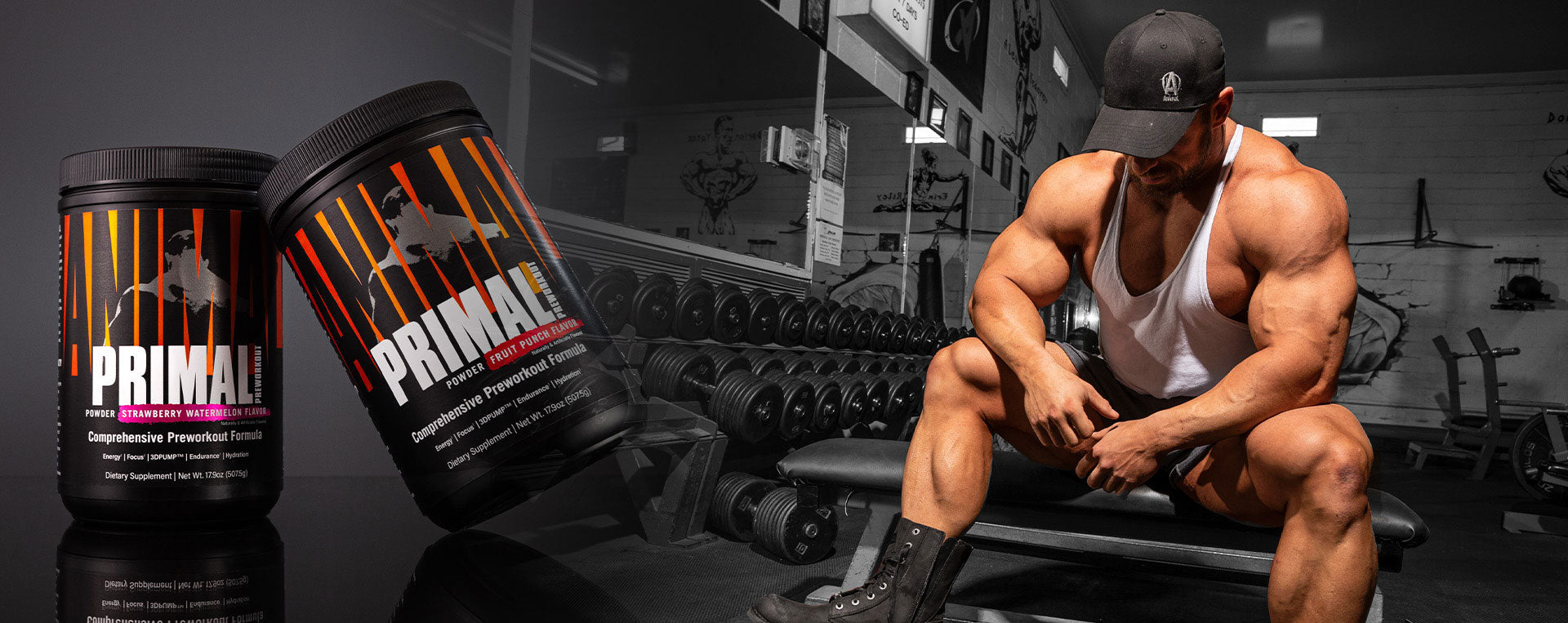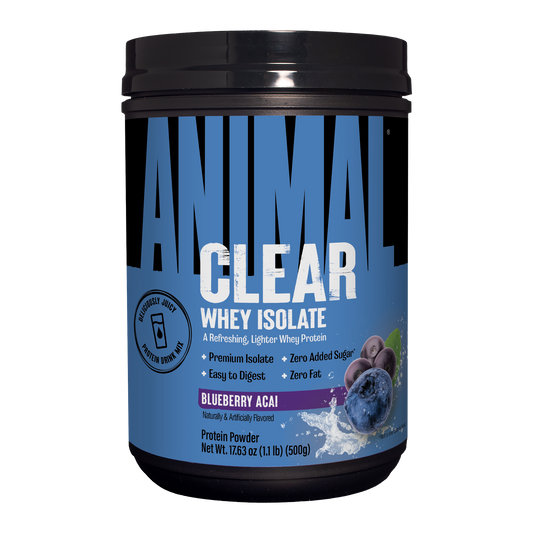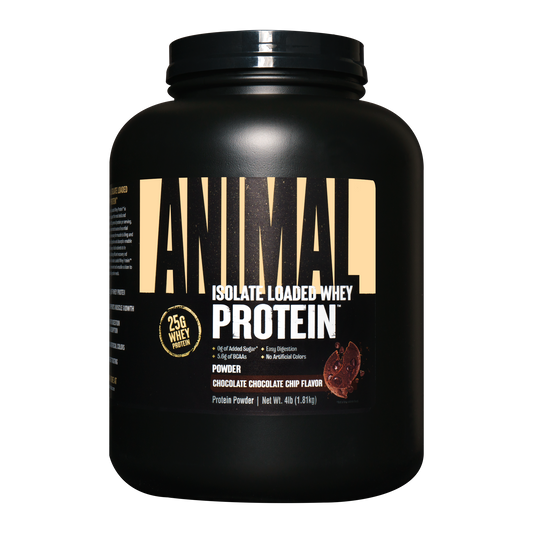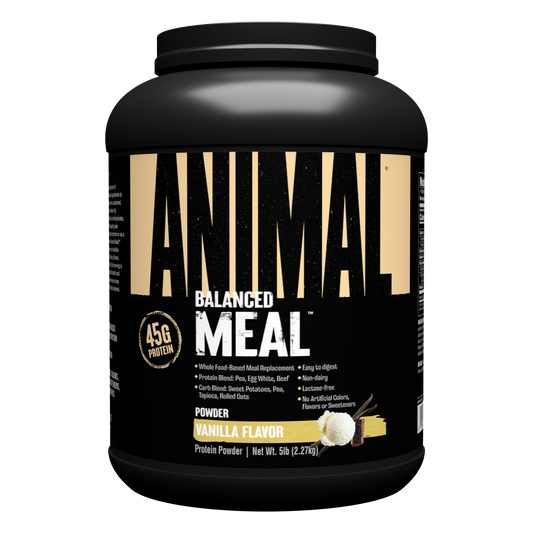My “Big On a Budget” plan is based on five meals per day with each meal roughly being 45g protein, 45g carbohydrates, and 15g fat. One of those five meals, 3 scoops of Animal Meal, is not included in the $50 budget. This ends up being around 2500 calories per day which is a good middle number for most people.
Once you find out exactly what you need on your plan for the week, you must then find the most inexpensive grocery stores in your area that have the best deals and prices overall. Check out their websites and view the weekly circular. Keep in mind that many grocery stores might have rock-bottom sales on a few items in order to entice you to shop there while everything else is priced much higher than their competitors. So, unless you want to go around to two to three different stores, please be aware of this before fully committing to that one store based on one sale item.
Protein
Look at protein costs first when looking at the circular. Find the best deals on meats and eggs. Chicken breast tends to be the cheapest protein source gram per gram, so that will be your staple meat. Eggs are good for two main reasons. For starters, most people do not necessarily enjoy eating chicken for breakfast and the yolk in eggs are very micronutrient dense. Although our number one priority is achieving the macronutrient goal, we must not completely ignore the micronutrient content. When purchasing meat, it is also important to understand yield. The yield is the usable amount of food after cooking and trimming. For example, chicken breast has about an 87% yield. So, purchasing 16 oz (450g) of chicken will yield on average 13.92 oz (391g) cooked. Of course, this is relative to measuring food cooked and not raw when it comes to this particular meal plan. Now that you know what you need per day in macros and the required amounts, multiply those amounts by seven to find your weekly totals. The weekly totals will help you establish what you need to get that day for the week.Carbs
Next, we look at carbohydrates. Starches tend to cost relatively the same from store to store, and are the cheapest macronutrient provided they are not processed. For example, fresh potatoes are much cheaper compared to frozen potatoes. You lose big money on food products, so stay with foods that are fresh and unprocessed. When choosing carbohydrates, focus on total energy/calories and affordability over convenience. As many of us know too well, convenience comes with a higher price tag. We are also not focusing on micronutrient content since carbohydrates are typically lower in micronutrients compared to vegetables and fruits. I chose potatoes, bananas, white rice, and regular oatmeal. These items are generally the cheapest and fairly versatile in any meal plan. I did not find the yield on these foods. Instead, I estimated how much I would need and took a small risk, which ended up working out. You will learn more of what you can and cannot get away with during the second week of grocery shopping.Fats
Fats, on the other hand, can be expensive if you're not careful. I excluded avocados, other high-end oils, and almonds because they are a bit more costly. They are very good for you—avocado is considered one of the best foods you can consume—but extremely expensive. Remember we have to prioritize our shopping and make do with our budget. I chose peanut butter and an olive oil that was on sale as those are still considered good fat sources. For vegetables, I went with what was on sale and had the best micronutrient content. You cannot go wrong with frozen vegetables. They will be used up long before they spoil, are always inexpensive, and are super convenient.This plan should get just about any average person started on a decent, budget-friendly mid-calorie base. You will need to make adjustments if 2500 calories are either too little or too much. In this particular plan, you may want to add extra peanut butter and banana to any of the meals or between meals as a snack to increase total calorie intake if needed. Adding in 1 tablespoon (16g) peanut butter and one medium sized (118g) banana can increase daily intake by 200 calories on training days. The plan has plenty of protein so you would only need to increase fats and carbohydrates.




